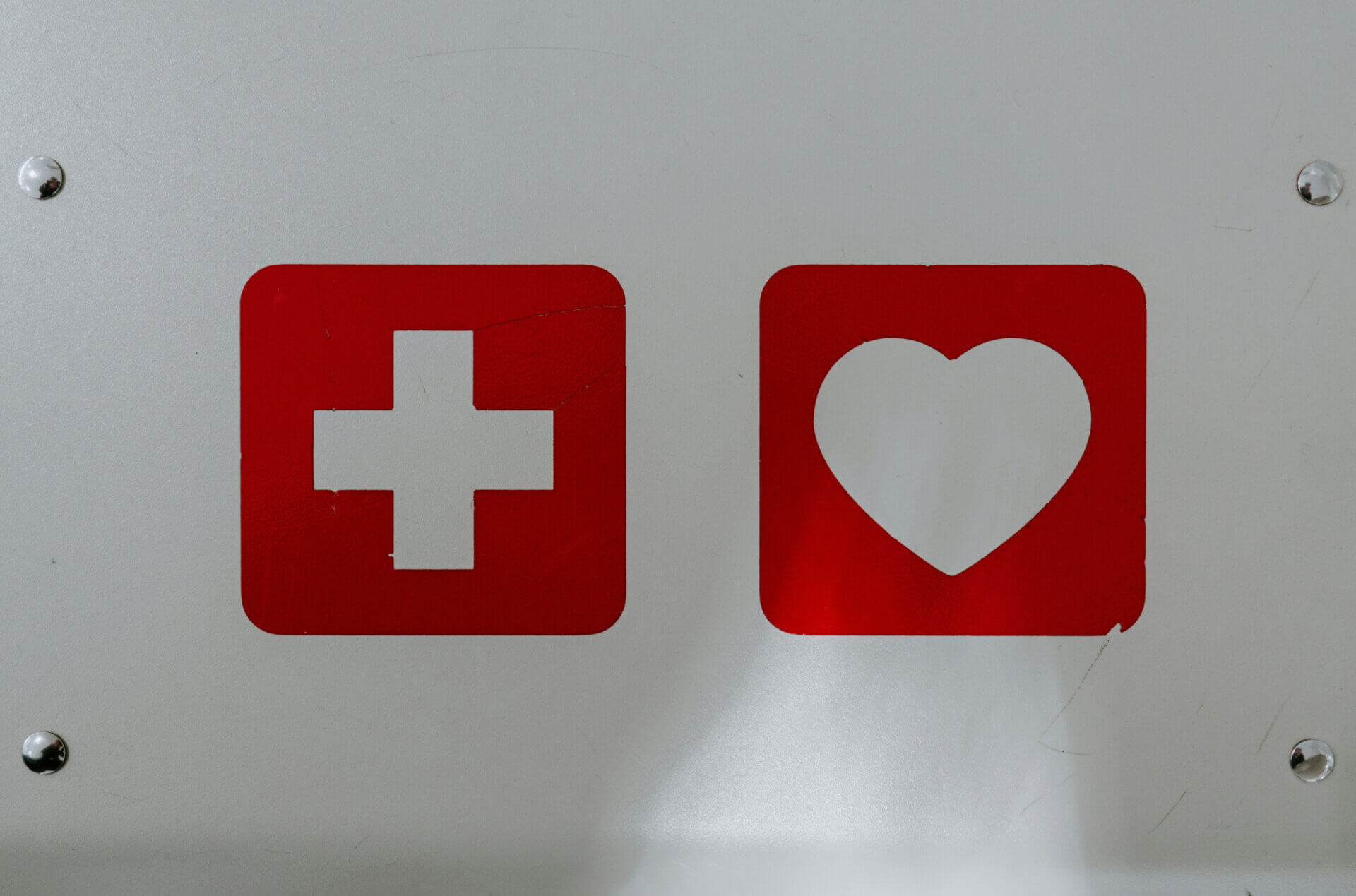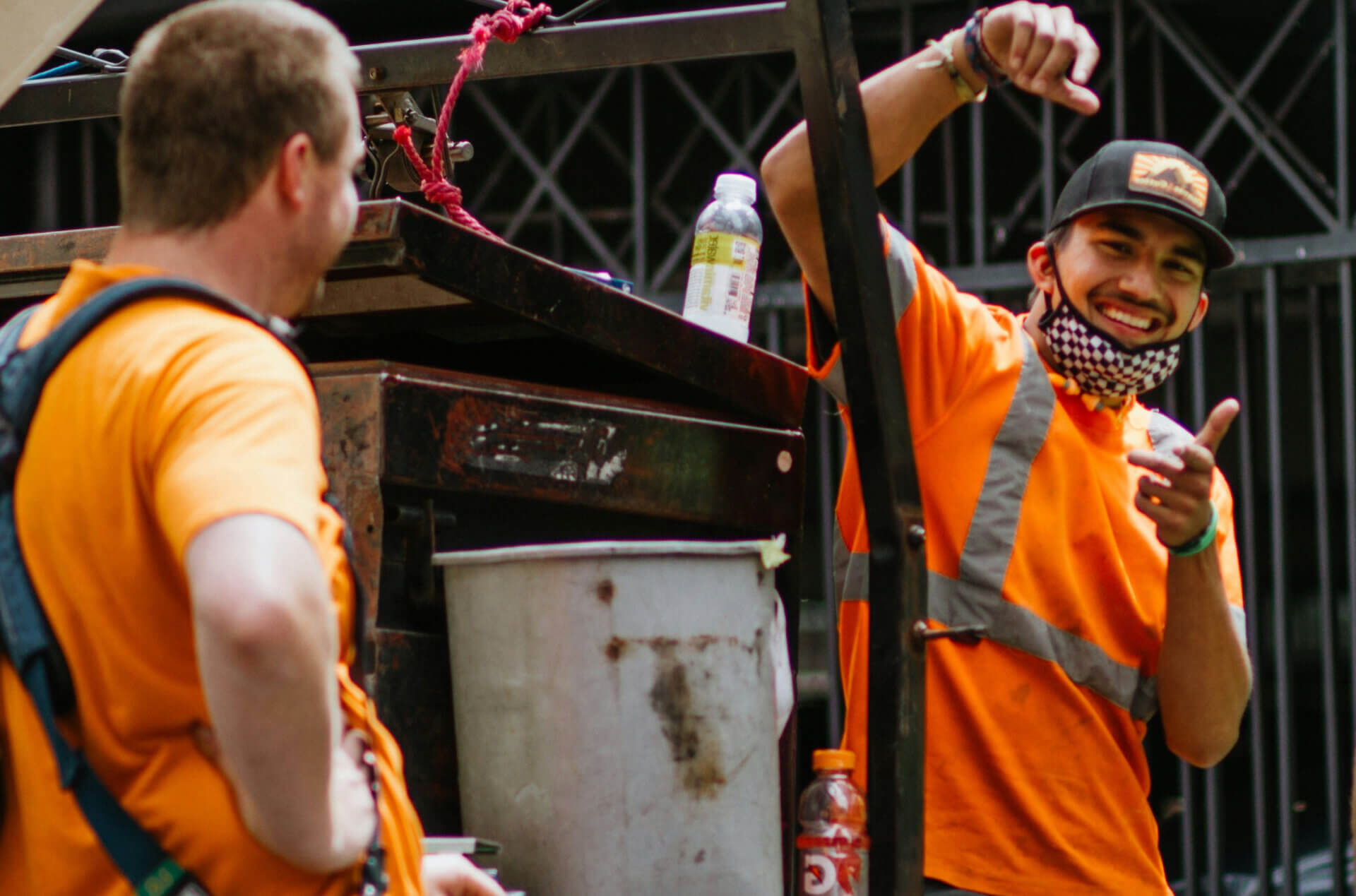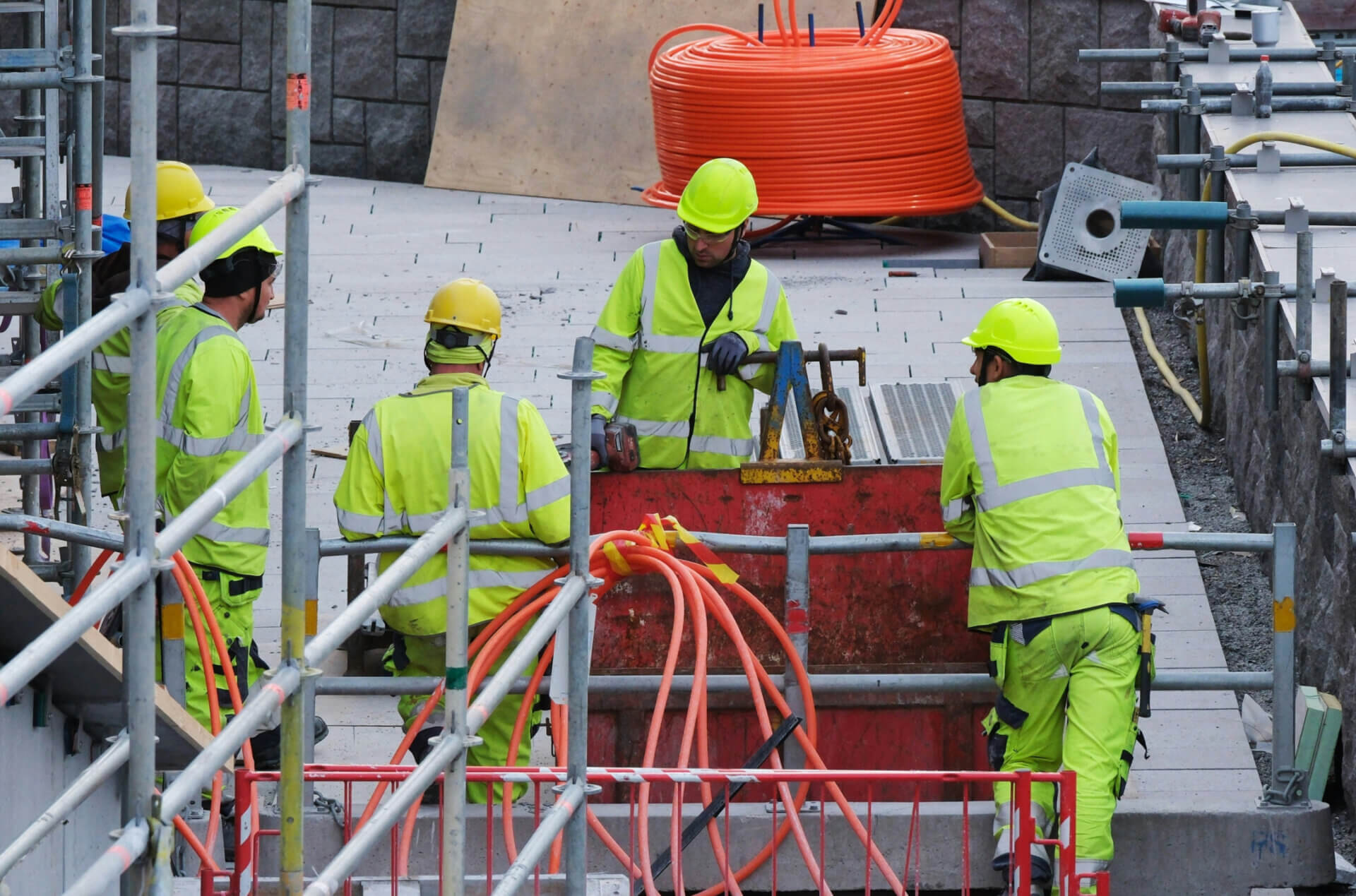Safety Talks: What They Are, Why They Matter, and 5 Essential Topics
Safety talks are one of the most effective, low-cost tools to keep workers safe on construction sites, in factories, and during field work. They are short safety briefings—usually 5 to 15 minutes—focused on a single topic relevant to the work being done that day or week.
Running them consistently across multiple sites or teams, however, can be a challenge. That’s where tools like Remato help, by providing a digital system to schedule, deliver, and document safety talks directly from mobile or web.
Table of Contents
What Are Safety Talks?
A safety talk is a brief, informal meeting focused on a specific health and safety topic. Usually held at the start of a shift or before a high-risk task, these talks reinforce safe working practices and raise awareness of current risks.
Safety talks:
- Are typically delivered by a supervisor or site manager
- Are conducted on construction site, close to the work area
- Focus on one topic at a time
- Can be adapted for seasonal hazards, site-specific risks, or recent incidents
- Often include real examples, team questions, or quick demonstrations
- Usually end with a sign-in or attendance record
They are a proven way to improve safety, reduce accidents, and meet compliance standards.
Why Safety Talks Matter
1. Reduce Accidents
Safety talks bring real hazards to the surface before they become incidents. A short talk on ladder safety can prevent serious injuries and downtime.
2. Support Legal Compliance
In most European countries, employers are required to provide regular safety instruction. Safety talks help meet that requirement with minimal disruption.
3. Build a Strong Safety Culture
Holding talks regularly signals that safety is a daily priority. They encourage team input and help create a more engaged, safety-aware workforce.
What Are Safety Talks Called in Europe?
Safety talks are widely used across Europe, though they may go by different names depending on the country. Here’s how they are typically referred to and used:
United Kingdom
- Terms: “Toolbox talks“, “Safety briefings“, sometimes “Site inductions” (for onboarding)
- Widely used in construction, utilities, and industrial sectors. While not legally named in regulations, toolbox talks are considered best practice under the UK’s Health and Safety at Work Act and HSE (Health and Safety Executive) guidelines. Often delivered daily or weekly to reinforce safe practices and respond to current site conditions.
Poland
- Terms: “Odprawy BHP”, “Instruktaż stanowiskowy”
- Used as part of mandatory job-specific safety instruction. Required under the Polish Labor Code. Common on construction sites and in industrial settings.
Netherlands
- Term: “Toolboxmeeting”
- Widely used in construction, logistics, and manufacturing. Required by health and safety law (Arbowet). Often documented and linked to site risk assessments.
Spain
- Terms: “Charlas de seguridad”, “Charlas de prevención”
- Integrated into broader safety management systems under PRL laws (Prevención de Riesgos Laborales). Common before high-risk work or changes in site conditions.
Sweden
- Term: “Säkerhetsgenomgång” (safety walkthrough)
- Used to review daily risks and safe work procedures. Typically led by a supervisor. Recommended by the Swedish Work Environment Authority.
Finland
- Term: “Työturvallisuuskeskustelu” (occupational safety discussion)
- Part of ongoing workplace safety education. Often tied to the Työturvallisuuskortti (Safety Card) training program. Focuses on task-specific risks.
Germany
- Terms: “Sicherheitsunterweisung”, “Kurzunterweisung”
- Legally required safety instructions delivered before or during risky work. Often repeated at set intervals. Emphasizes documentation and legal compliance.
While the terminology varies, the goal is the same across countries: to ensure workers are informed about job-specific hazards and understand how to work safely before tasks begin.
Top 5 Most Common Safety Talk Topics

1. Working at Heights
Purpose: Prevent falls, the leading cause of injury on construction sites.
Key points to cover:
- Ladder safety: placement angle (4:1 rule), secure footing, and inspection for damage.
- Scaffolding: use of guardrails, access points, and platform integrity.
- Fall protection systems: harness use, anchor points, and lifelines.
- Weather conditions: wind, rain, and ice increase risks.
How to run the talk:
- Preparation: Bring a worn and a compliant harness for comparison. Choose a ladder or scaffold on-site as an example.
- Discussion: Ask the team what tasks today involve working above 1.5 meters.
- Demo: Show how to inspect a harness and how to clip into an anchor point.
- Checklist: Confirm that fall protection is available, fitted, and mandatory where needed.
2. Manual Handling
Purpose: Reduce injuries from lifting, carrying, and moving materials.
Key points to cover:
- Assess before lifting: size, weight, shape, path, and obstacles.
- Safe lifting technique: back straight, bend knees, hold close to body.
- Team lifting and use of trolleys or lifting aids.
- Reporting strains early to avoid long-term injury.
How to run the talk:
- Preparation: Choose a common site material (e.g., cement bag) to lift.
- Discussion: Ask workers what they lifted yesterday that felt too heavy or awkward.
- Demo: Show correct lifting and ask a volunteer to demonstrate.
- Tips: Remind them that lifting quickly or twisting increases injury risk.
3. Personal Protective Equipment (PPE)
Purpose: Ensure proper use of PPE to protect against known hazards.
Key points to cover:
- What PPE is required for today’s tasks (helmet, gloves, goggles, boots, hearing protection, respirator)
- How to inspect PPE for damage: cracks, frays, expiry dates
- Fit matters: poor fit reduces protection
- Replacing damaged or lost PPE immediately
How to run the talk:
- Preparation: Gather examples of damaged PPE and compliant gear
- Discussion: Ask which items workers wear most often — and least
- Demo: Compare a good helmet with one showing cracks or sun damage
- Clarify: Where and how to get replacement PPE on-site
4. Electrical Safety
Purpose: Prevent shocks, burns, and equipment damage from unsafe electrical work.
Key points to cover:
- No unauthorized work on electrical systems.
- Inspect cables and power tools for exposed wires, cracks, or improper repairs.
- Avoid using tools in wet areas unless rated for it.
- Lockout/tagout basics: when and how to isolate power sources.
How to run the talk:
- Preparation: Bring a power tool and extension cord for visual check.
- Discussion: Ask if anyone noticed exposed cables or damaged sockets recently.
- Demo: Show a simple inspection routine for cords and plugs.
- Reminder: Only qualified personnel may open or modify panels.
5. Housekeeping and Slips, Trips, Falls
Purpose: Minimize common causes of injury through daily site tidiness.
Key points to cover:
- Keep walkways and access routes free of tools, materials, and waste.
- Clean up spills immediately, especially oils or liquids on hard floors.
- Store tools and cables safely — off the ground or properly marked.
- Use bins or materials stations to organize and dispose of scrap.
How to run the talk:
- Preparation: Walk the site beforehand and take note of visible trip hazards.
- Discussion: Ask what areas get messy the fastest and why.
- Walkthrough: Lead a short tour to point out examples that need attention.
- Action: Assign quick clean-up tasks to the team. Reinforce that good housekeeping is part of everyone’s job.
How to Run a Safety Talk Effectively

Before the talk:
- Choose a topic that fits current site activities
- Prepare one or two examples or props
- Know the safety standards behind the topic
During the talk:
- Keep it short: 10–15 minutes
- Involve the team: ask and answer questions
- Use real examples from the site
After the talk:
- Record attendance
- Follow up on any concerns raised
- Plan the next talk based on feedback or trends
Conclusion
Safety talks are a practical way to improve safety, meet legal requirements, and engage teams. Whether you call them “charlas de seguridad”, “odprawy BHP”, or “toolboxmeetings”, the goal is the same: keep people safe through simple, regular conversations.
For teams using digital tools like Remato, running and tracking safety talks is faster, more consistent, and easier to manage. Especially across multiple projects or languages.
